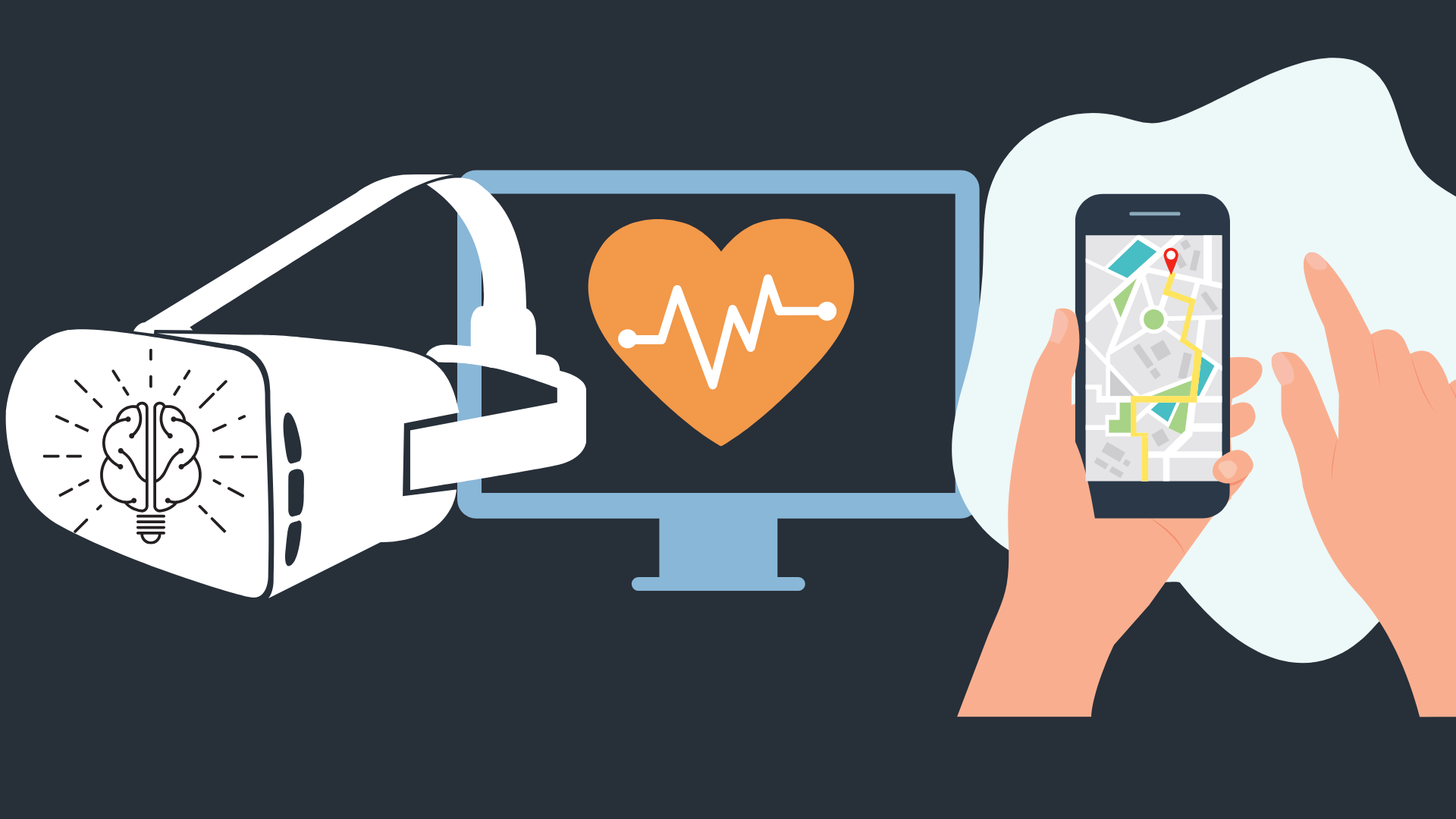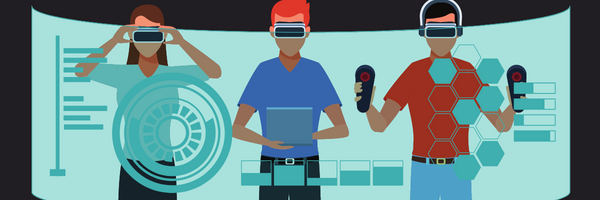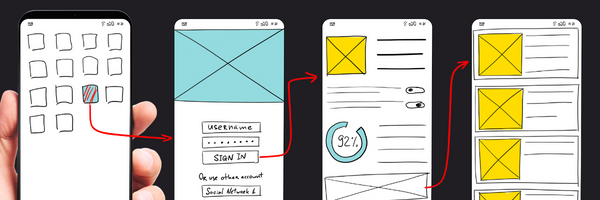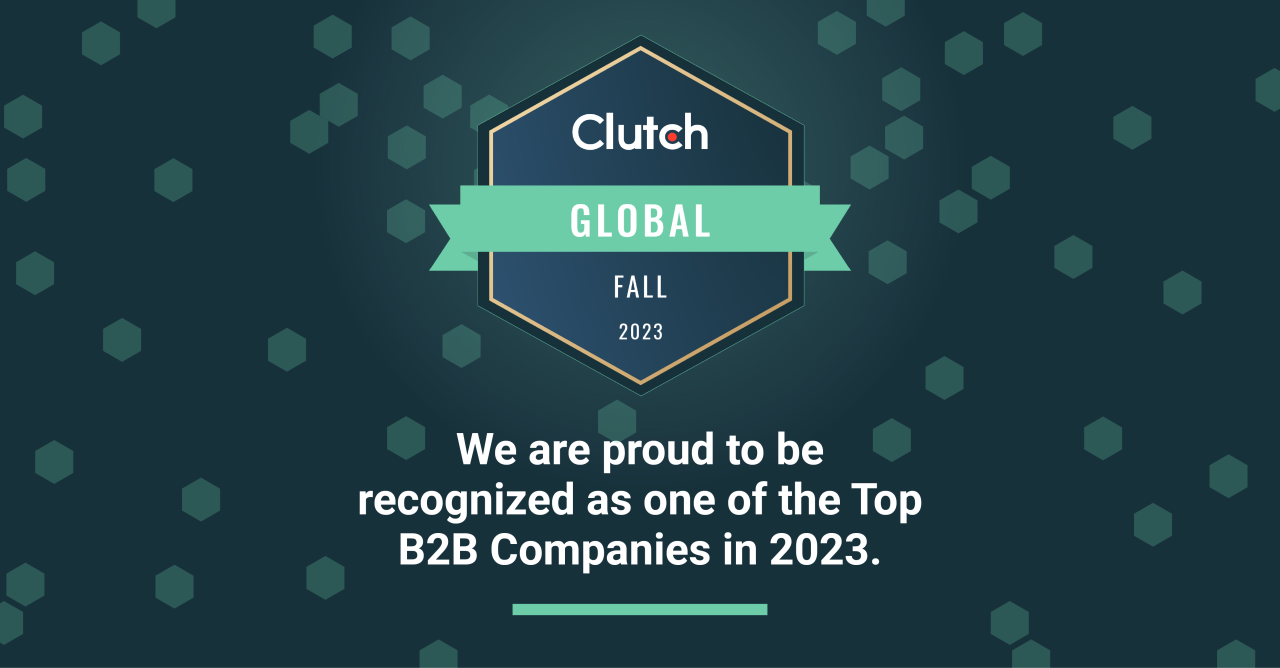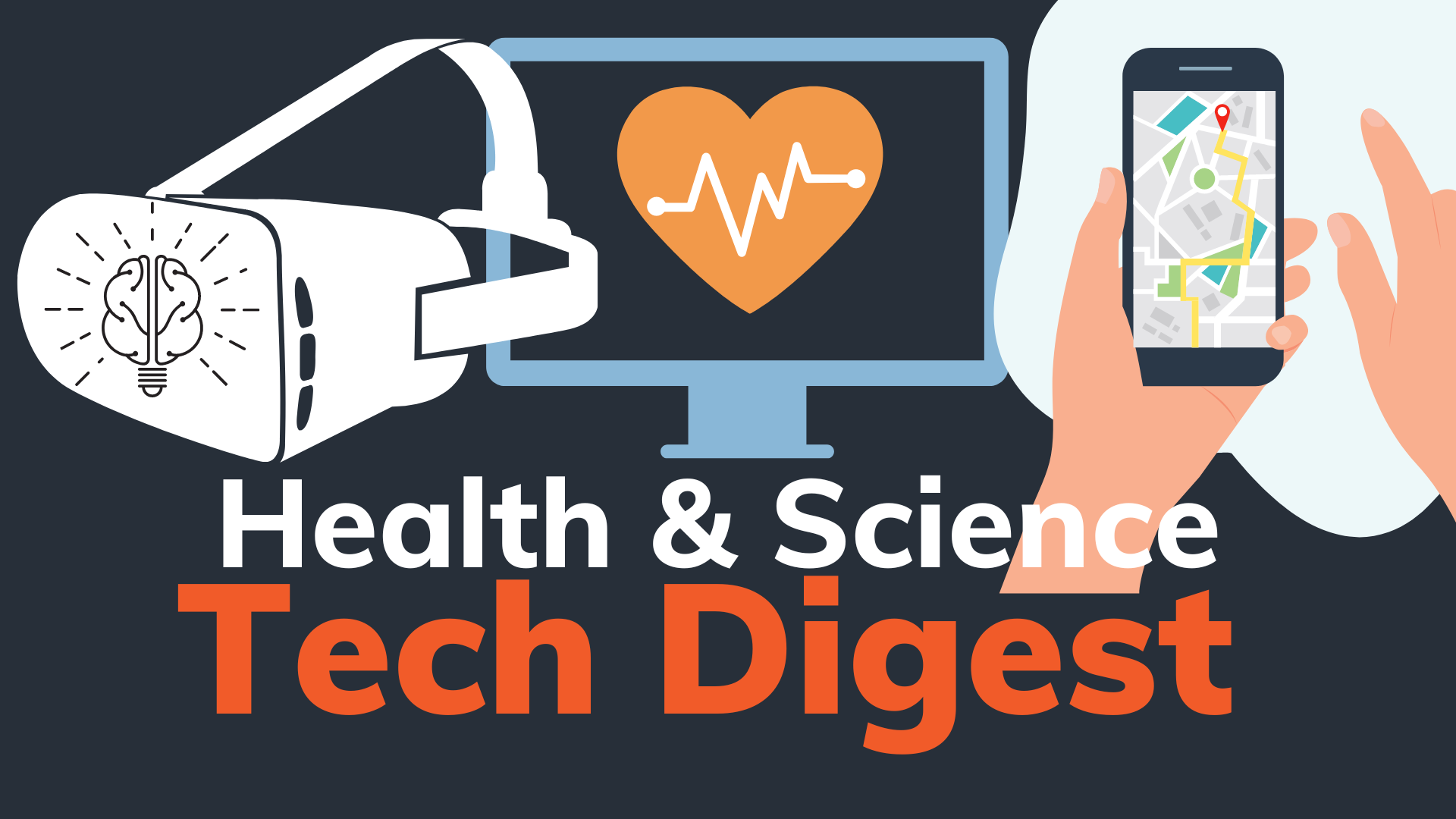Dear Readers,
Health & Science Tech Digest: January 2023
There are some things more profound than mere conversation, and that is true connection. Technology, nowadays, has morphed into an essential friend, connecting us during the pandemic, helping us celebrate events though miles apart, and even revolutionizing our work-from-home lives. This month prepares you for better connection, whether it be through haptic touch, facial recognition technology, or dopamine in the time of dating apps. We hope you enjoy this second installation of Health & Science Tech Digest, with updated news, research, and app-building resources.
Warmest regards,
DeAnne Canieso, PhD
Communications Manager
Get Our Health & Science Tech Digest Sent to you Monthly
Subscribe to our Health & Science Tech Huddle newsletter to get this curated list of relevant news, research, and resources sent to your inbox each month. Plus get additional resources designed to empower health & science innovators.
News Stories
The Science of Dating Apps: What Effect are Dating Apps Having on Our Brains?: Are dating apps basically a drug? Psychologist, Zoe Mallett, says that dating apps are incredibly addictive based on the dopamine levels triggered by the fun and exciting ways matching features are designed.
The US Just Greenlit High-Tech Alternatives to Animal Testing: The recently signed FDA Modernization Act 2.0 ends a 1938 federal mandate on the requirements of animal testing for experimental drugs, making way for the application of technology like artificial intelligence, and machine learning trained on human data, as an alternative to animal testing.
What the FRT? A Guide to Facial Recognition Technology in Healthcare: An app with a deep learning algorithm using facial recognition technology (FRT) can now outperform clinicians in diagnosing genetic syndromes. Read more on the five highly anticipated uses of FRT in healthcare.
WeTac’s Electronic Skin Provides Tactile Feedback to VR and AR Users: Researchers at the City University of Hong Kong introduced an electronic skin called ‘WeTac’, hoping to bring a more vivid touch experience in the Metaverse. The electro-tactile system is made of a skin-friendly hydrogel layer that sticks to the palms of your hands and collects personalized tactile data.
Congress Funds Health Tech Well Into 2024: Congress’ fiscal year 2023 spending bill offers innovation for the healthcare industry through 2024. The bill offers expanded access to telehealth for Medicare patients, and waivers permitting the treatment of emergency and hospital patients from their home.
Research & Discussion
This review of facial recognition technologies (FRT) outlines the application of FRT in the diagnosis of diseases. Though most diseases manifest internally, some outward facial characteristics are unique biomarkers that can help in the diagnosis of endocrine, metabolic, genetic, neuromuscular, and rare disorders.
Surprisingly, some AI-based FRT have superior performance in diagnosis, even exceeding that of a provider! But this is primarily because some conditions are so rarely seen among patients that it is difficult to detect for many doctors. I am willing to bet that when it comes to some diseases, the benefits of FRT could very well outweigh the cost because of its potential to diagnose patients earlier than many doctors are able, and from anywhere in the world. The Face2Gene application suite, for example, can match facial phenotypes to ultra-rare genetic conditions, facilitating more precise genetic assessments for doctors.
According to the review, what makes FRT possible is the advancement of algorithms and technologies that make the application of FRT viable. Three-dimensional photography, mobile devices, and maturing facial recognition software make it possible to capture patients during the medical visit and at home. Advancements in machine learning, deep learning, and convolutional neural networks have improved the accuracy of FRTs’ capability in feature extraction.
What is very exciting here is the ability to improve health outcomes by earlier detection of difficult-to-diagnose conditions just from facial phenotypes, but there are some ethical aspects to consider. For example, how much privacy should our human faces have, given it is such a public feature? And to what degree can facial characteristics become an acceptable medical record? What does this mean for HIPAA? There are many questions yet to answer as the use of FRT becomes more prevalent in healthcare.
Critical to recovery after joint replacement operation is physical rehabilitation. Currently, physical rehab requires in-house treatment supervised by therapists, and sadly self-monitored rehabilitation is not easily available. Part of the problem is that existing computer-assisted systems lack portability features. For example, much of the work on self-monitoring rehab systems utilized traditional screen displays, which were found to be hard to move when performing motion exercises.
This study highlights exciting possibilities in rehabilitation. The use of VR with supplemental haptic motion guidance could fill the gap, giving patients the opportunity to receive rehabilitation at home. Researchers conducted focus group surveys and observed total knee arthroplasty (TKA) therapy sessions to come up with design recommendations for the VR and haptic mechanisms, and then carried out the feedback in the application of a self-monitored VR rehab and haptic guidance system called VReHab.
Semi-structured interviews validated the system’s effectiveness with patients. Users found the haptic feedback subtle with no discomfort, and perceived the vibrations as helpful. While the participants preferred exercising with their therapists in general, they were willing to use the VReHab when clinical sessions were not an option.
This is a key point in the discussion. While the care and guidance of a medical provider is the best kind of care available, what we also know is that barriers in access to therapy pervade our healthcare system. Many patients face a lack of transportation, or feel too sick to travel to receive the therapy they need. This is especially relevant in rural areas where the closest specialist may be hours away, or in urban areas where there are too few specialists to meet the demands of a city. Under these circumstances, immersive tech has the potential and promise to fill a need. What are your thoughts? How can we use VR to deliver much-needed care?
The Year of the “Virtual Date”: Reimagining Dating Apps During the COVID-19 Pandemic
In the past decade or so, dating apps have been instrumental in forging connections. Yet, the need to ensure safety from transmission during COVID-19, required the makers of the apps to reimagine the new normal of dating or face a crisis of relevance. Researchers in this study examined how eight dating apps were repurposed during the pandemic by analyzing app features, functionalities, interfaces, as well as corporate and promotional materials.
Findings show a clear pivot in the industry from facilitating in-person encounters to promoting non-physical, emotional interactions. The change required a shift in marketing alongside technological features that improved synchronous digital connections and encouraged virtual dating. Interestingly, researchers discovered that marketing messages began to disassociate from any suggestions towards certain behaviors (like the use of the app to meet others for casual sex). Instead, curated stories were shared suggesting lack of physical contact would generate deeper emotional bonds.
To facilitate dating in digital, audio and video communication platforms were integrated in the apps, which allowed the user to establish the authenticity of a potential partner. Additional authentication methods were added with in-app social verification features to ensure safety. Some apps went so far as to import data from social media friend networks to confirm accurate representation.
COVID-19 is here to stay, so are we all set to virtually date the rest of our lives? I think that may be a personal question. Though, a really interesting thought I got from this is that repurposing technology to maintain relevance, to redefine the relations we have – that is the new normal in business. What were once exciting new innovations, is currently how we, as humans, are adapting in an ever-changing world. It’s hard to imagine a time without email, social media, and video conferencing, which revolutionized the landscape of work and life connections. Now, these tools undergo their own form of Darwinism, having to evolve in response to crises. What do you think? Is the new type of Darwinism, Digital Darwinism?
App Building Resources
Regulatory Controls and How to Study and Market Your Medical Device: Everything you need to know to bring your software or medical XR device to market, including classifying your device and understanding regulatory controls, preparing premarket regulatory submissions, and establishing registration and device listing.
Procedures to Conduct a Randomised Controlled Trial (RCT) Study, Case Example of a Mobile Health Intervention: Ever wonder what an RCT protocol looks like for a mobile app intervention? Researchers at the University of Washington share their study design methods, recruitment, outcomes measures, data management, and how to accomplish participant safety for their asthma care app.
Speaking from User Experience Podcast: Emotional Design: What is the connection between emotion and software design? In this podcast episode, the CrossComm team discusses how organizations can harness the power of emotion through user-centric design.
Augmented Reality and Virtual Reality in Medical Devices Overview: The FDA’s Digital Health Center of Excellence provides this comprehensive overview of the impact of AR and VR as medical devices, and a list of medical devices you can review incorporating AR/VR in a number of treatment domains.
Do you have thoughts about the topics in our digest? Feel free to contact me with your impression and ideas, and be a part of the conversation in our next Health & Science Tech Digest.
Get Our Health & Science Tech Digest Sent to you Monthly
Subscribe to our Health & Science Tech Huddle newsletter to get this curated list of relevant news, research, and resources sent to your inbox each month. Plus get additional resources designed to empower health & science innovators.
